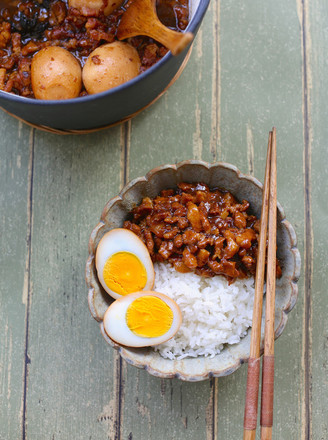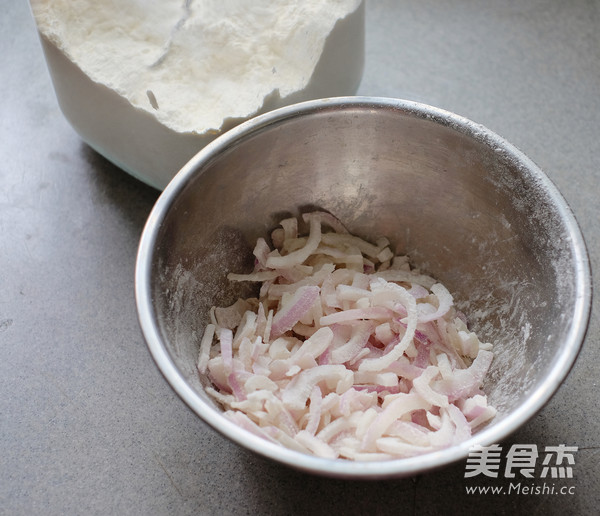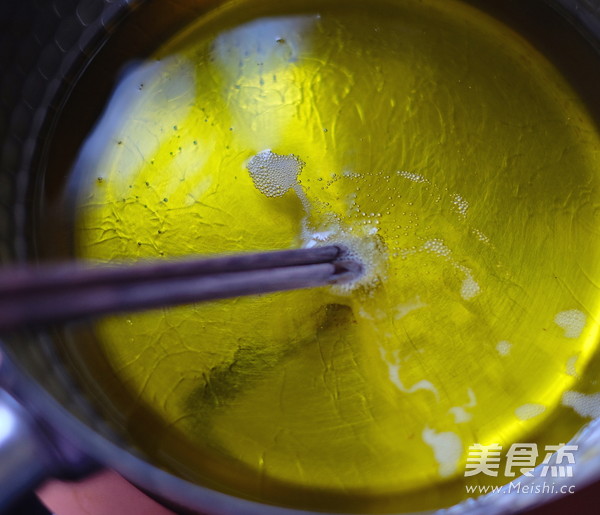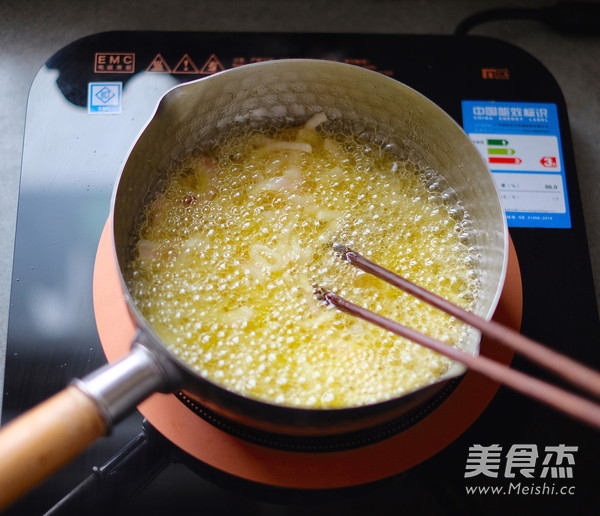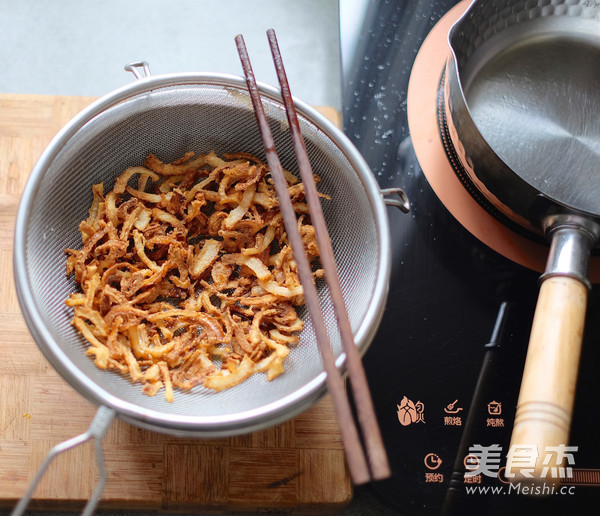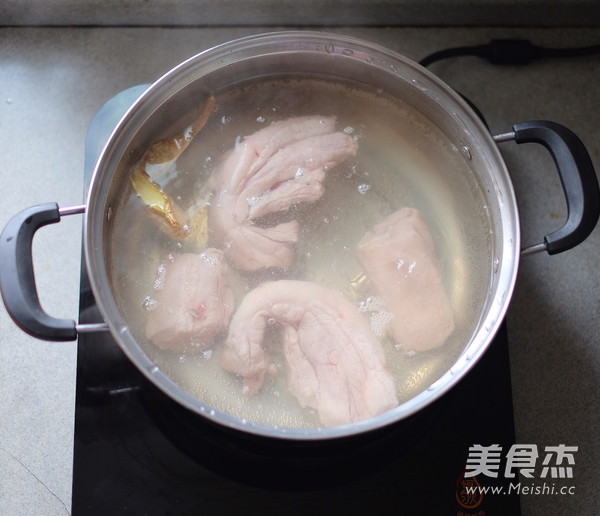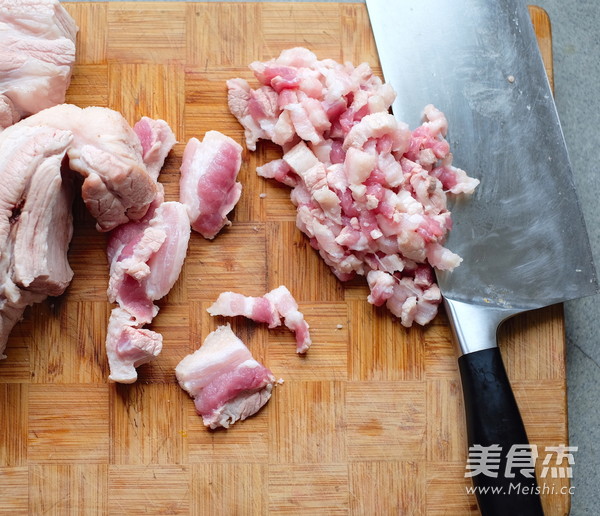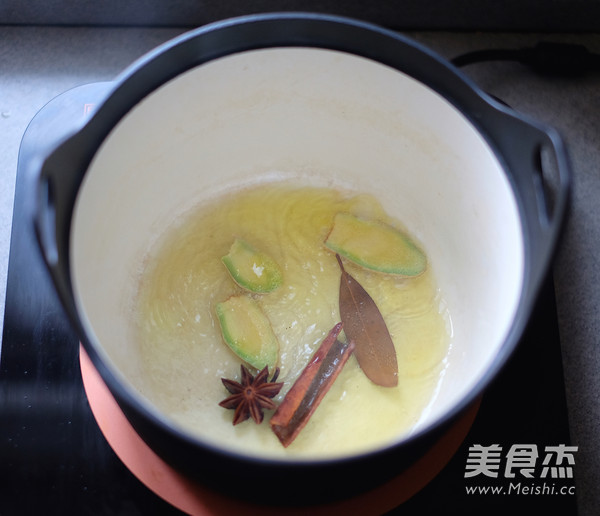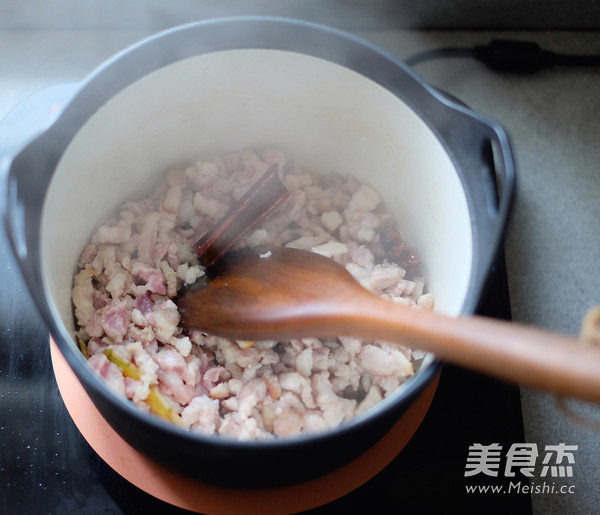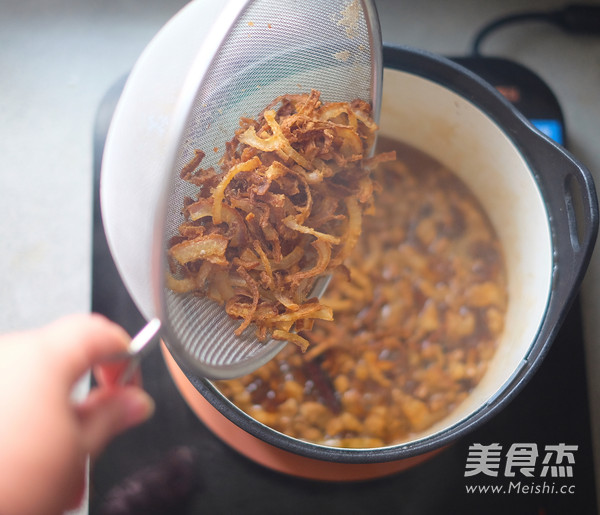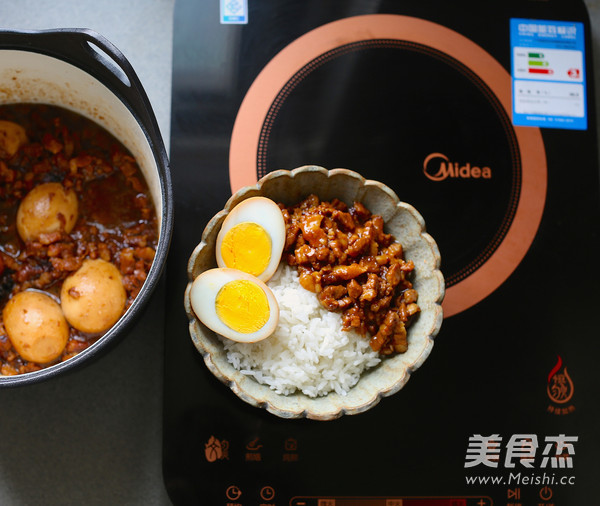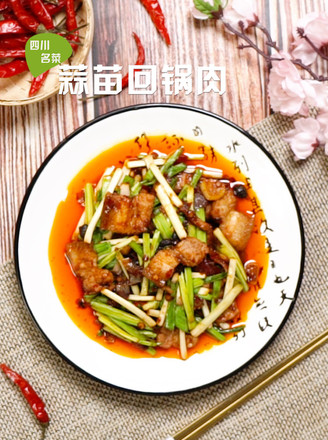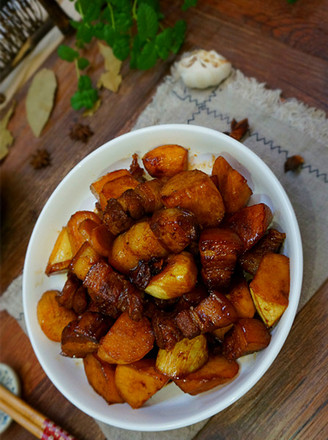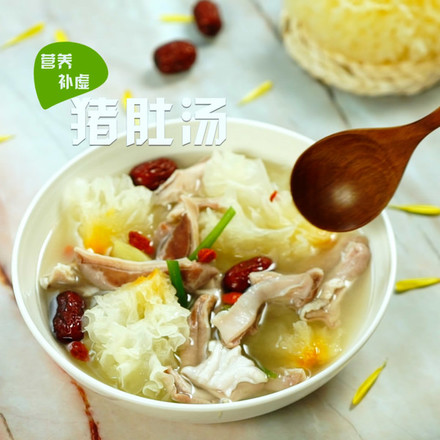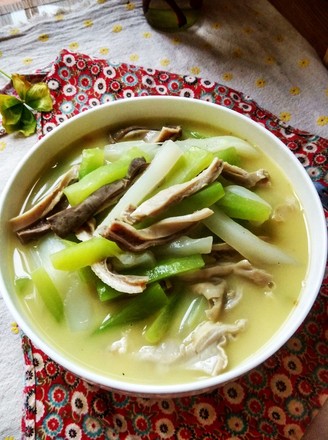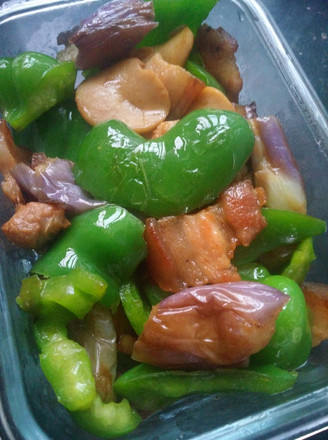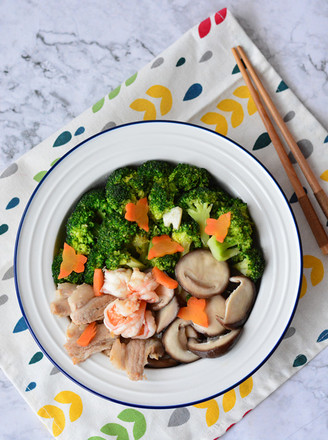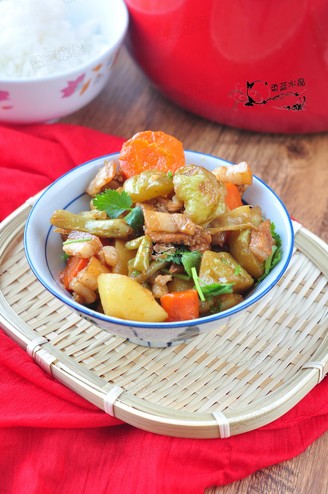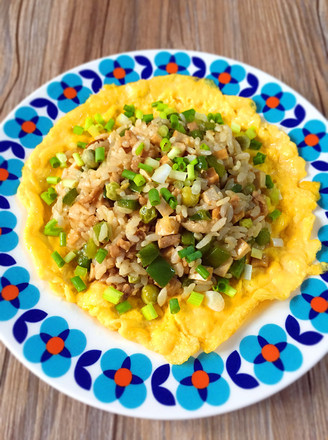Taiwanese Braised Pork Rice
1.
I didn't buy red onions, so I used red onions. Peel and cut into thin slices.
2.
Add the middle powder and mix well.
3.
Pour camellia oil into the pot, and use the induction cooker to "fry" mode 800 watts, and heat it until the chopsticks are put into the oil pan to produce small bubbles.
4.
Add the mixed onion slices and fry until golden brown.
5.
Pour the oil into the sieve together, filter the oil, and cool. The red onion crisp is complete.
6.
Put an appropriate amount of cooking wine and a few slices of ginger in the pot, boil a pot of water in the "boiling water" mode of the induction cooker, add the pork belly, scald the blood foam and remove it.
7.
Cut into diced meat.
8.
Use the 1400 watts "cooking" mode of the induction cooker. After the pan is hot, add a proper amount of camellia oil, then add ginger, star anise, bay leaf and cinnamon, and stir fry until fragrant.
9.
Add the diced meat and stir fry until the color changes.
10.
Add cooking wine, soy sauce paste, 2 tablespoons of light soy sauce, dark soy sauce, white sugar and red onion, and stir-fry, add water and the surface of the diced meat is flush (if using Midea induction cooker comes with a wok, you need to add water at least half of the surface of the diced meat) Or 1 knuckle.)
11.
After boiling, switch to “simmering” mode for 120 watts. Cover the lid, simmer for 20 minutes, add the egg, then add 2 tablespoons of light soy sauce, stir evenly, cover the lid and cook for about 20 minutes until the soup is thick and thick , Turn off the fire.
12.
Serve a bowl of persistent white rice, pour a spoonful of fragrant braised pork, cut the braised egg into two slices, and add some vegetables to make a delicious bowl of Taiwanese braised pork rice.
Tips:
1、The red onion crisp used in the authentic Taiwanese braised pork rice is fried with red onion. There are no red onions in Hangzhou’s vegetable market, so I used red onions instead.
2、When I used the Midea induction cooker to stew the stewed pork with 120 watts, I opened the lid twice in the middle and turned it over to prevent sticky bottom;
3. The stewed pork is not only delicious with bibimbap, but also with noodles.
Good appetite!

